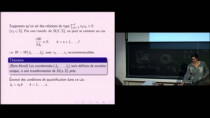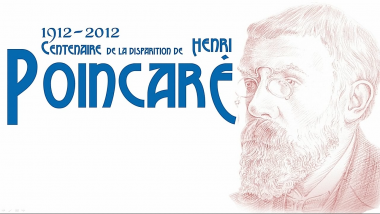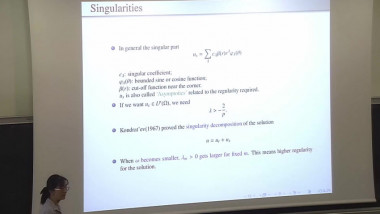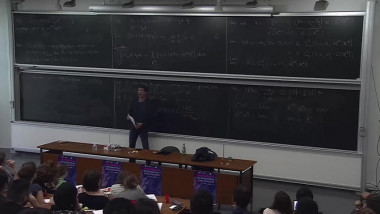In search of the Abrikosov lattice
Also appears in collection : Distinguished women in mathematics
This question is at the interface between mathematical analysis, condensed matter physics, statistical mechanics, and even a little bit of number theory. In superconductors, one observes in certain regimes the emergence of densely packed point vortices forming perfect triangular lattice patterns. These are named "Abrikosov lattices" after the physicist who predicted them (he was awarded the 2003 Nobel prize for this prediction). We investigated the mathematical reason for the Abrikosov lattice, starting from the Ginzburg-Landau model of superconductivity. In doing so, we rigorously derived a "Coulombian renormalized energy" which is a total Coulomb interaction between an infinite number of points in the plane, and governs the vortex positions. We found that this interaction turns out to arise in a number of other two-dimensional systems. A particular instance that I will also describe is that of "weighted Fekete sets", and that of "Coulomb gases", a statistical mechanics ensemble of particles with two-dimensional Coulomb interaction in a potential, which contain as a specific case the ``Ginibre ensemble" of random matrices. Our results lead to expecting crystallisation to an Abrikosov lattice in the low temperature limit. This is joint work with Etienne Sandier (Univ. Paris-Est).













![[1242] Réfutation de la conjecture du télescope de Ravenel](/media/cache/video_light/uploads/video/SeminaireBourbaki.jpg)


